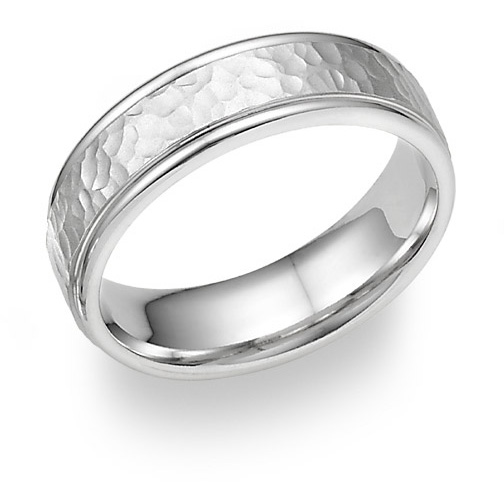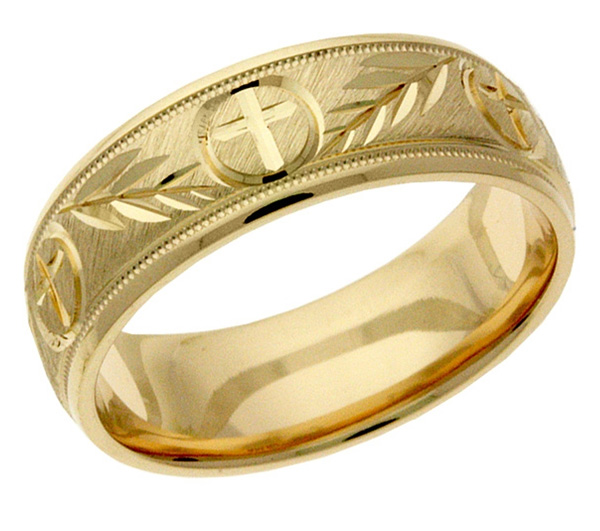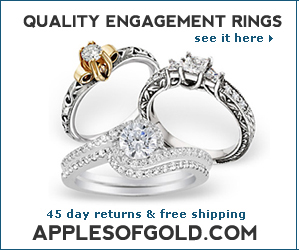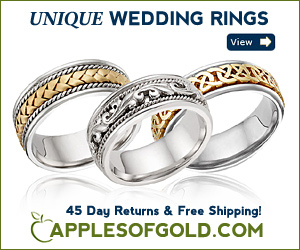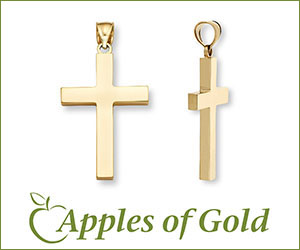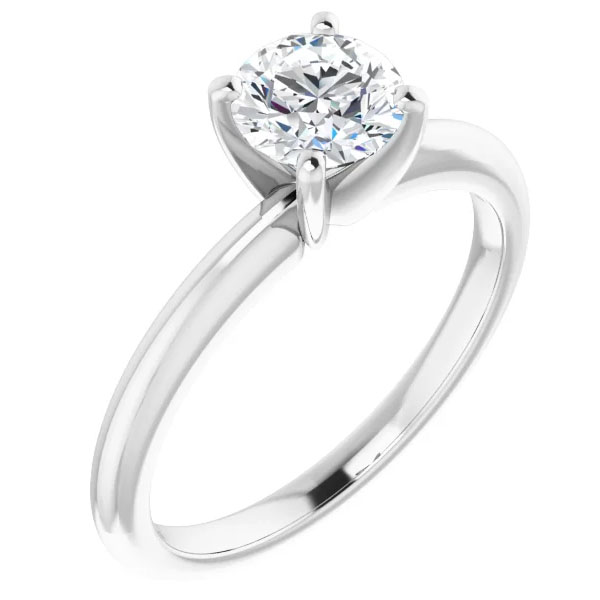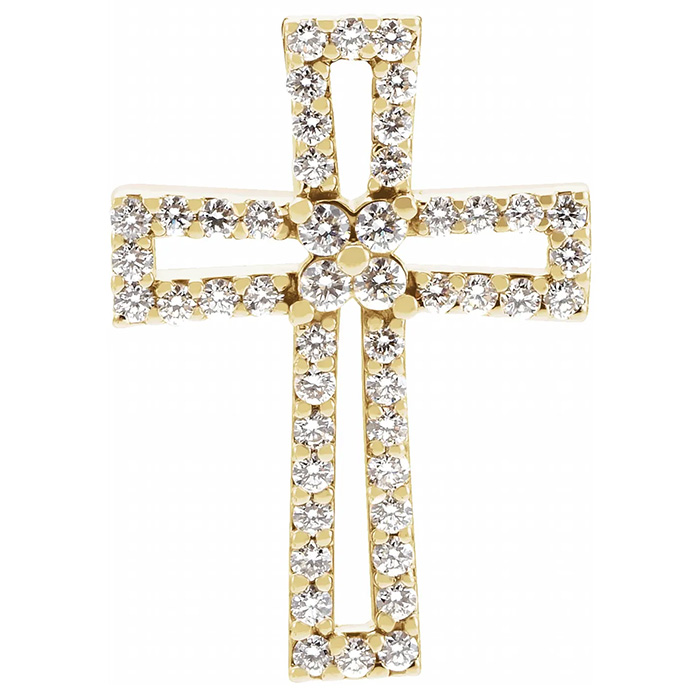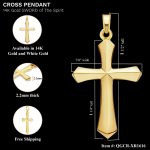Nickel Allergies in Jewelry
Nickel allergies are one of the most common allergies when it comes to precious and base metals. It is estimated that over 18% of people in America and Canada are allergic to nickel. The official, medical name for this condition is Nickel allergic contact dermatitis (NACD). While this can cause skin irritation, a rash and eczema, it is not life threatening and symptoms can be reduced by simply limiting contact to items with high nickel content.
People who develop an allergic reaction to nickel may have once come into direct, prolonged contact with an item that releases a high level of the base metal, but then subsequent reactions can be triggered by smaller doses once an allergy develops.
Nickel in Jewelry
If you have an allergy to nickel, you will want to stay away from most sterling silver and white gold, both of which use nickel as the balancing base alloy that mixes with the pure silver or gold to create white precious metals for jewelry.
For those looking for white colored precious metals for jewelry use, alternatives to white gold and sterling silver include platinum and titanium, both of which are hypoallergenic metals. Solid yellow gold is also suitable for most people with skin sensitivities, since solid gold does not use nickel for its balancing alloy, but rather copper, which is hypoallergenic. That’s why you sometimes encounter people who can wear gold but not silver. In those cases, it’s usually not silver they are allergic to, but the base nickel mixed with the sterling silver. The same is true of white gold wedding bands or jewelry which uses nickel as the balancing alloy to make an otherwise yellow metal appear white (along with rhodium plating of the surface of the jewelry).
Hypoallergenic Metals for Jewelry
As mentioned above, the best hypoallergenic precious metals for use in jewelry, include platinum, titanium and solid yellow gold for most people. There are advantages and disadvantages to each precious metal.
Platinum
Platinum is by far the most pure and hypoallergenic precious metal in existence for use in jewelry, especially for platinum wedding bands and engagement rings. It is very pure with platinum used in jewelry being 95% pure (950 platinum) and 5% base alloys (usually iridium or ruthenium) which are also hypoallergenic metals. The disadvantage to platinum is its cost. Platinum can usually cost 3-4x more than gold, although this figure fluctuates based on daily gold and platinum market prices.
Titanium
Titanium is a lightweight and hypoallergenic alternative metal used in jewelry, including for titanium wedding bands, rings, pendants and various accessories. Titanium jewelry is usually made using aircraft-grade titanium, which is very lightweight but strong and durable, which is why titanium is used in airplanes and other aircraft. It’s use in jewelry is more limited than platinum or gold, but with modern technology, companies like Apples of Gold are able to make very unique, designer titanium wedding bands and jewelry. The advantage of titanium is its relative low cost compared to both gold and platinum.
Solid Gold
Classic, traditional solid yellow gold is still one of the best options for those with skin sensitivities and allergies. Gold is the most malleable of the metals and able to be shaped and used in vastly diverse styles and types of jewelry, from gold wedding bands to crosses, chains and necklaces, pendants, rings and more. While yellow gold has seen a stunning come back in terms of fashion and trends, some people still prefer more subtle or neutral tones in their jewelry, which is why platinum and titanium become the hypoallergenic alternative. You may also see white gold jewelry and sterling silver sometimes advertised as “nickel-free” for those with allergies, but those are rare in the market and hard to find, since there is low demand for it, added cost, and a small selection of nickel-free jewelry. Keep in mind that while solid gold is suitable for most people, there is still a small segment of the population are also allergic to gold or various alloys mixed in solid gold, such as copper.
Category: Jewelry Education


